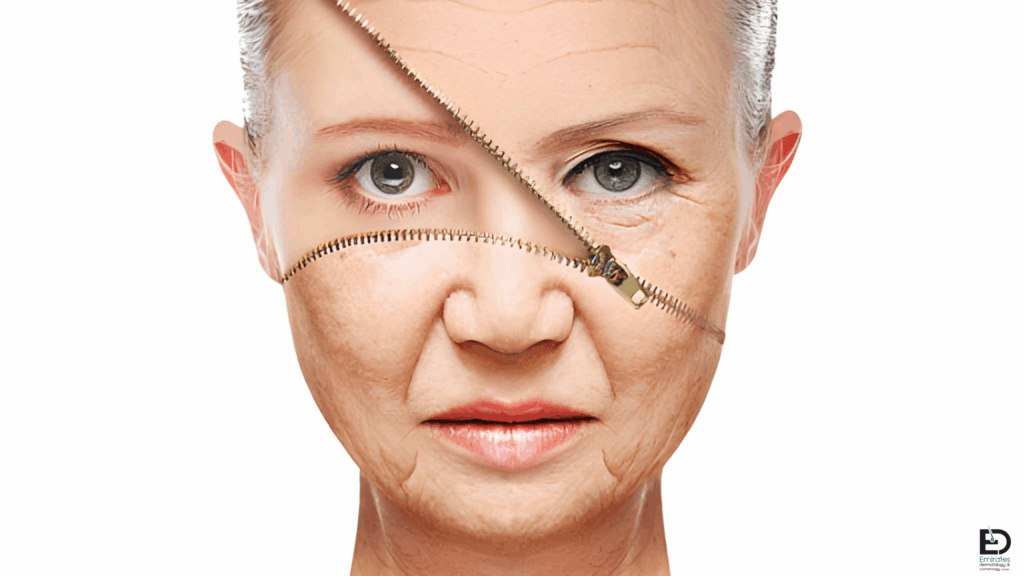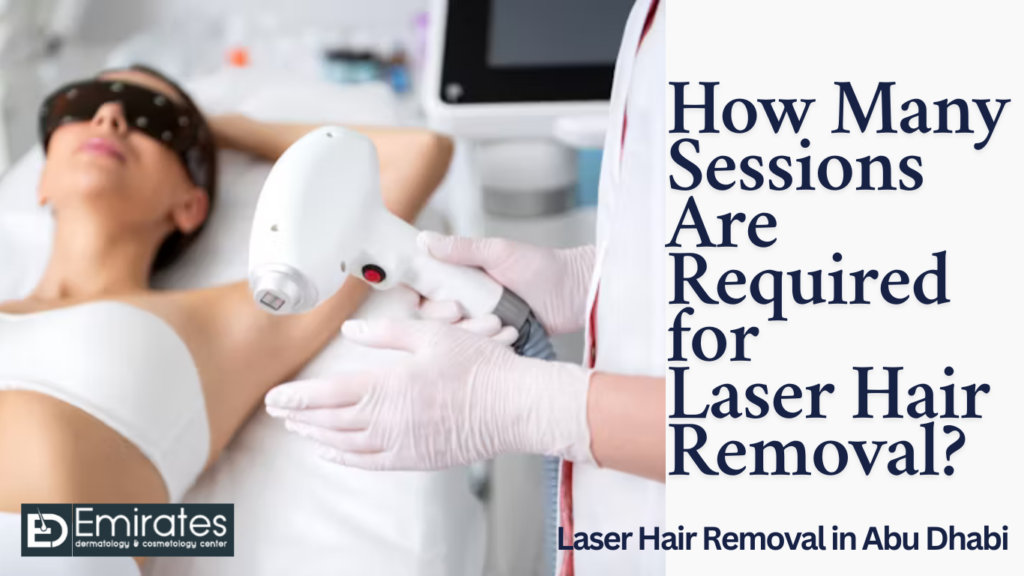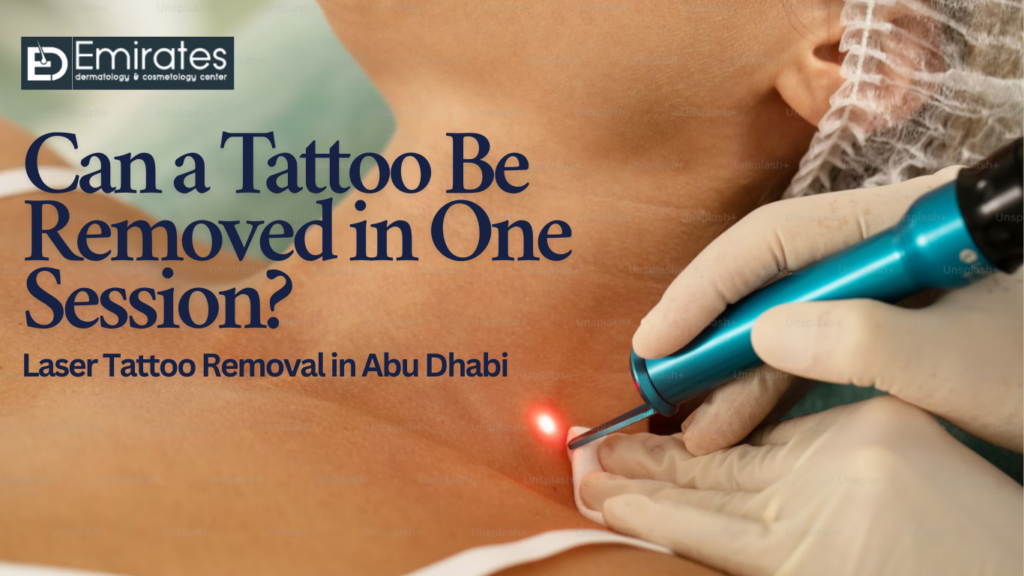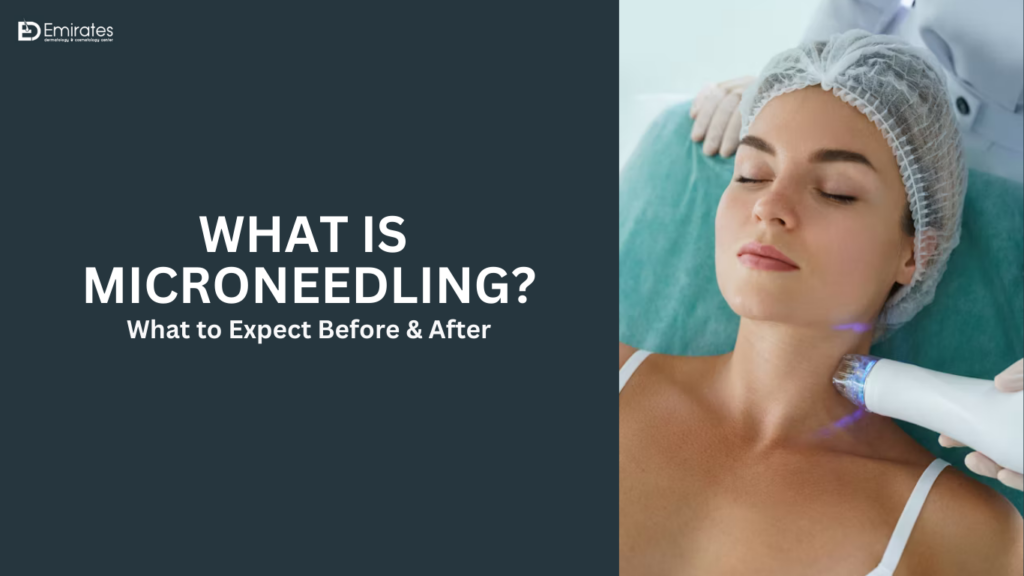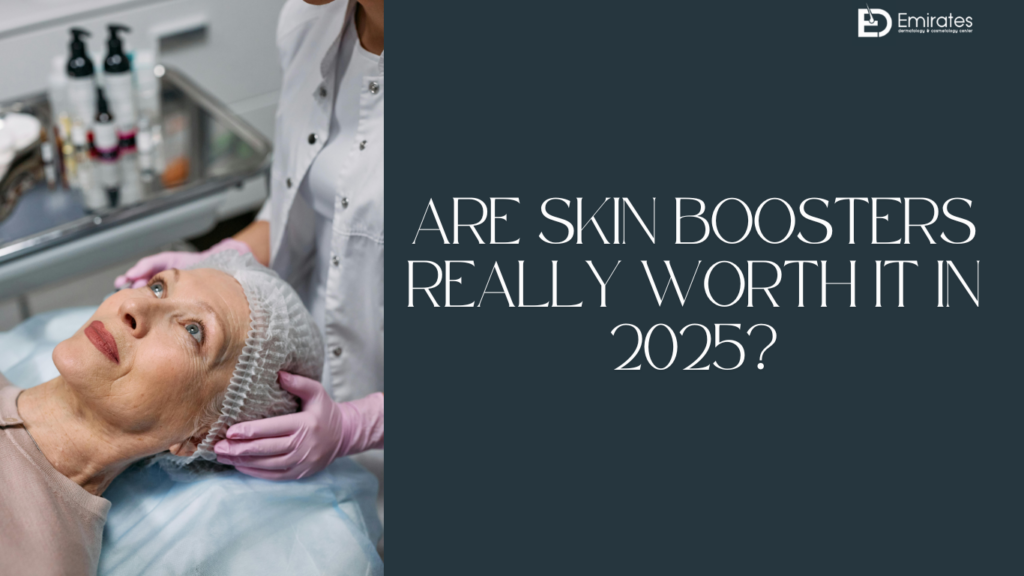Anti-Aging Skincare Routine in UAE – Expert Guide by Dr. Mouza (EDCC Abu Dhabi)
Anti-Aging Skincare Routine in UAE – Expert Guide by Dr. Mouza (EDCC Abu Dhabi) A dermatologist-approved, human-written guide using the best pharmacy (صيدلية) products for youthful, healthy skin in the UAE. The UAE’s extreme climate — high heat, strong UV rays, dryness, hard water, and dust — accelerates premature skin aging. According to Dr. Mouza, leading dermatologist at edcc abu dhabi, a consistent anti-aging routine is essential to combat collagen loss, pigmentation, dehydration, and sun-induced damage. Trusted pharmacy brands such as Eucerin, Avène, Vichy, La Roche-Posay, and Matis provide gentle yet effective anti-aging solutions that dermatologists recommend. Why Anti-Aging Matters More in the UAE Aging progresses faster in the UAE due to: High UV radiation → fine lines, wrinkles, pigmentation Dry, hot environment → loss of moisture and skin elasticity Hard water → barrier weakening Dust and pollution → inflammation and dullness Daily sun exposure → accelerated collagen breakdown In this environment, an effective anti-aging routine focuses on sun protection, barrier repair, hydration, and collagen support. 1. Best Anti-Aging Pharmacy (صيدلية) Brands Recommended by Dr. Mouza A. Eucerin – Barrier Repair + Age-Defense Eucerin Hyaluron-Filler Range Best for: fine lines, wrinkles, loss of firmness Key Ingredients: Hyaluronic Acid – deep hydration and plumpness Glycine Saponin – stimulates natural hyaluronic acid SPF variants – day protection Dr. Mouza’s Advice:“Hydration is the foundation of anti-aging. Hyaluronic acid keeps the skin plump and smooths early wrinkles.” Eucerin Elasticity + Filler Best for: mature skin, sagging, dullness Ingredients: Arctiin – collagen booster Silymarin – antioxidant protection B. Avène – Anti-Aging for Sensitive Skin Avène Physiolift Key Ingredients: Ascofilline (collagen renewal), Hyaluronic Acid, Thermal Spring Water (soothing) Best for: early wrinkles and sensitive aging skin Avène DermAbsolu Best for: firming, sagging skin Ingredients: Vanilla Polyphenols, Sytenol™ (gentle Retinol alternative) Dr. Mouza’s Note:“Retinol is powerful, but sensitive skin needs gentler anti-aging. Avène provides results with high tolerance.” C. Vichy – Anti-Aging for UAE’s Harsh Climate Vichy Liftactiv Supreme Benefits: smooths fine lines, improves texture, deep hydration, strengthens the skin barrier Vichy 15% Vitamin C Serum Benefits: brightens skin, reduces pigmentation, protects collagen from UV damage 2. Key Anti-Aging Ingredients Dr. Mouza highly recommends the following ingredients for UAE skin: Retinol / Retinoids → collagen stimulation and wrinkle reduction Vitamin C → brightening and pigmentation control Hyaluronic Acid → hydration and plumpness Niacinamide → barrier repair and anti-inflammatory Ceramides → protection from dryness and environmental stress Peptides → firming and smoothing SPF 50+ → the most important anti-aging step Antioxidants → defense against UV and pollution damage 3. Anti-Aging Skincare Routine (UAE + Pharmacy-Based) Morning Routine (AM) Gentle Cleanser – Eucerin Dermatoclean / Avène Tolerance Vitamin C Serum – Vichy 15% Vitamin C / La Roche-Posay Pure Vitamin C10 Hyaluronic Acid Serum – Eucerin Hyaluron-Filler HA Barrier Moisturizer – Avène Hydrance / Eucerin pH5 SPF 50+ Sunscreen – Avène SPF 50+ / La Roche-Posay Anthelios Tip from Dr. Mouza:In the UAE, sunscreen is the most powerful anti-aging product. Reapply every two hours, especially outdoors. Night Routine (PM) Double Cleanse – remove sunscreen, dust, and pollution Retinol / Retinoid – start 2–3 times a week, increase gradually Niacinamide or Hydration Serum – maintain barrier and moisture Ceramide Moisturizer – support skin barrier overnight Aquaphor – for dry or irritated areas as a final seal 4. When to See a Dermatologist (EDCC Guidance) Seek professional care if you notice: Deep wrinkles or sagging skin Persistent pigmentation issues Retinol irritation or sensitivity Post-sunburn aging signs Rosacea with aging symptoms EDCC Advanced Anti-Aging Treatments: Laser rejuvenation PRP therapy Mesotherapy Botox for fine lines Chemical peels Skin tightening procedures Final Words from Dr. Mouza A strong anti-aging routine doesn’t need to be complicated. With the right pharmacy (صيدلية) products, consistent sun protection, and barrier repair, aging can be significantly slowed — especially in the UAE’s challenging climate. Start early, stay consistent, and your skin will thank you.
Anti-Aging Skincare Routine in UAE – Expert Guide by Dr. Mouza (EDCC Abu Dhabi) Read More »

